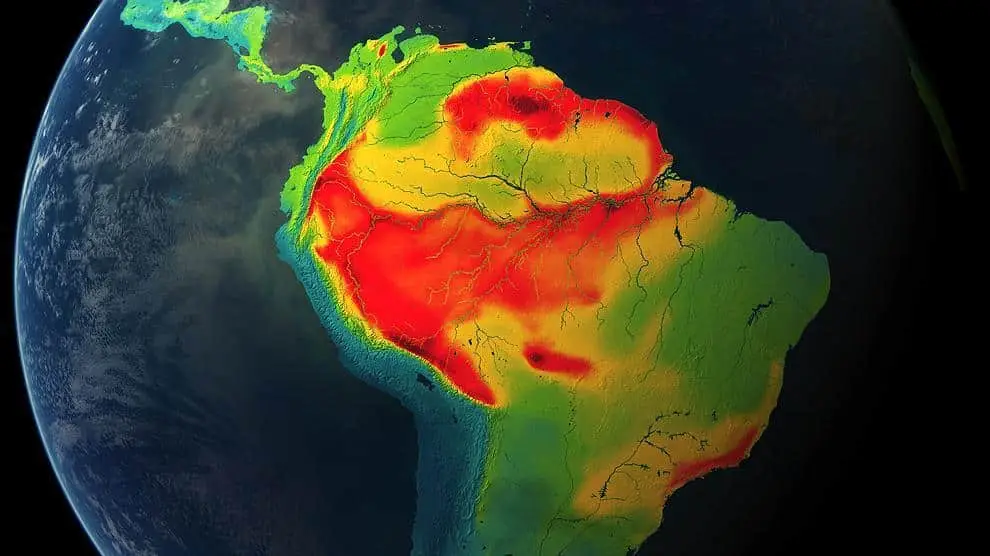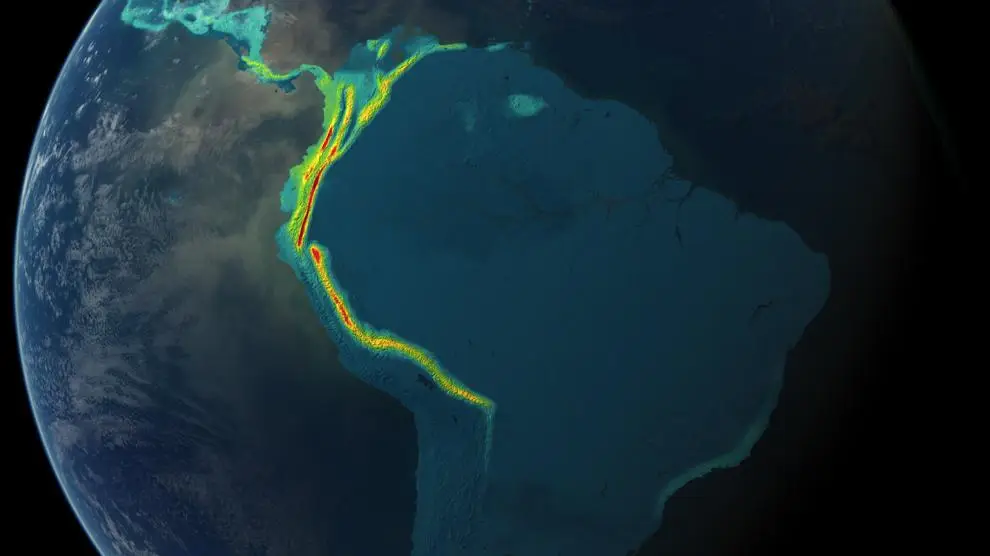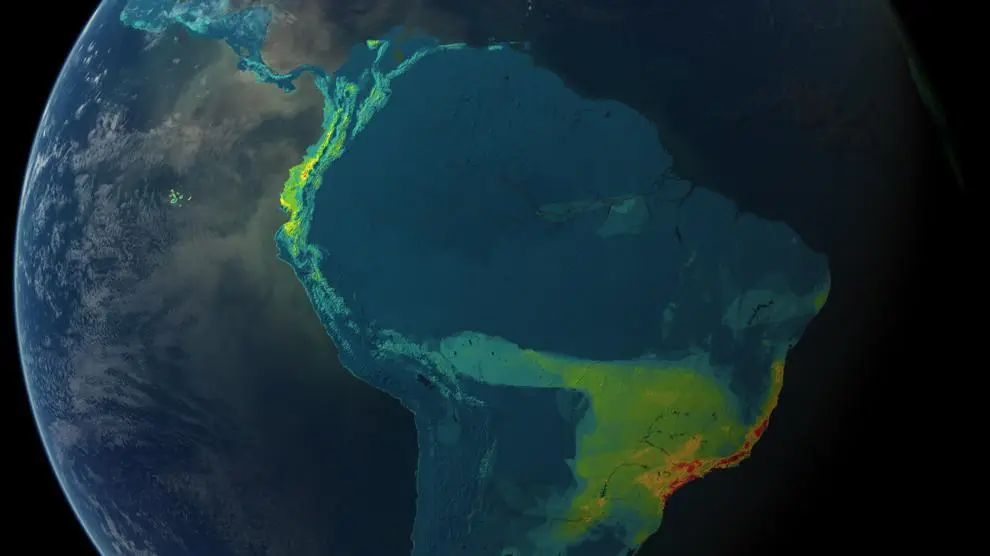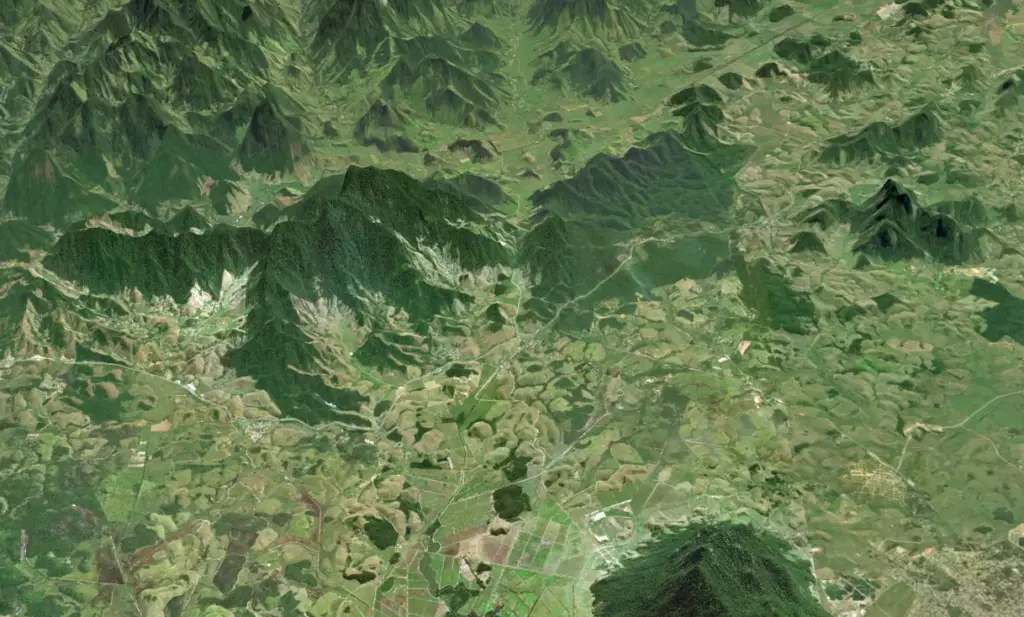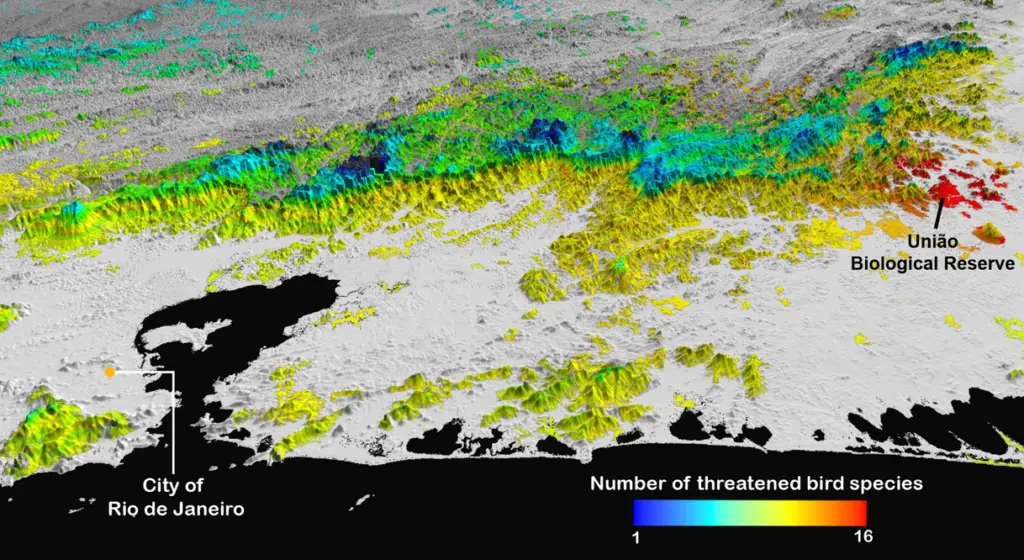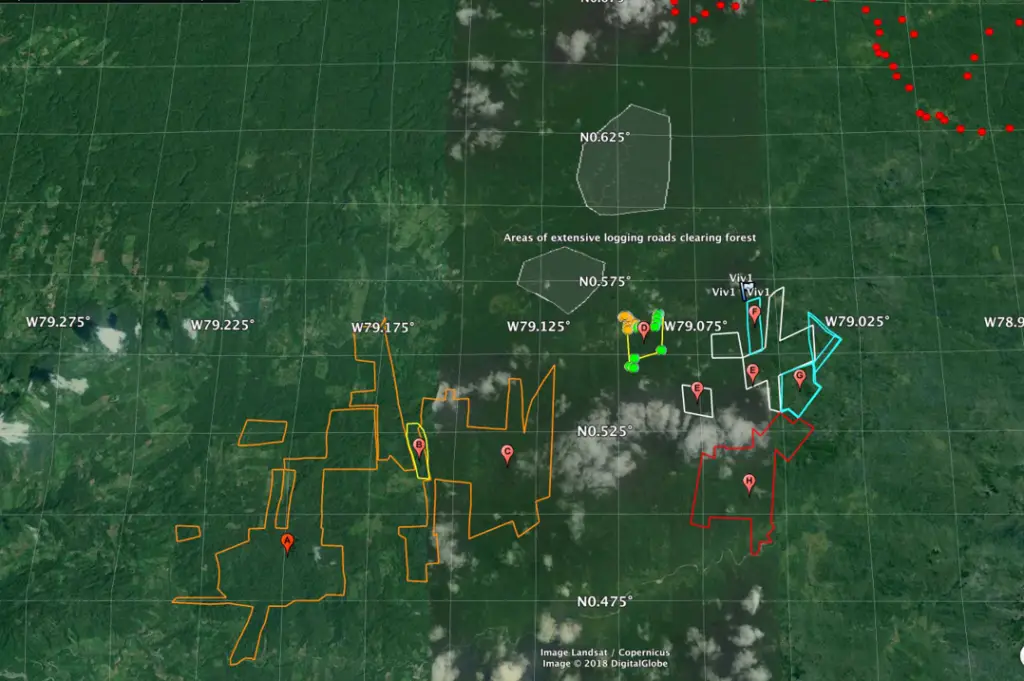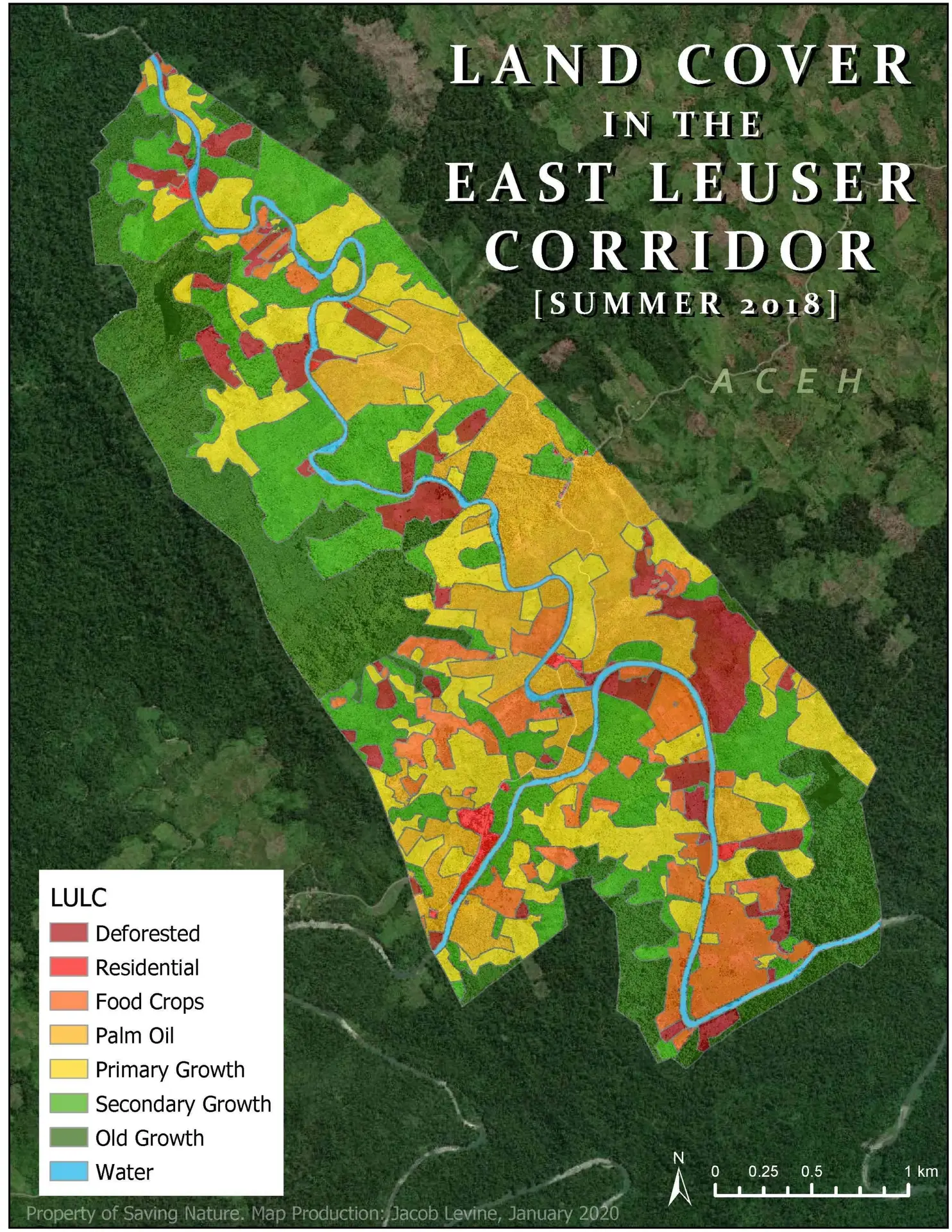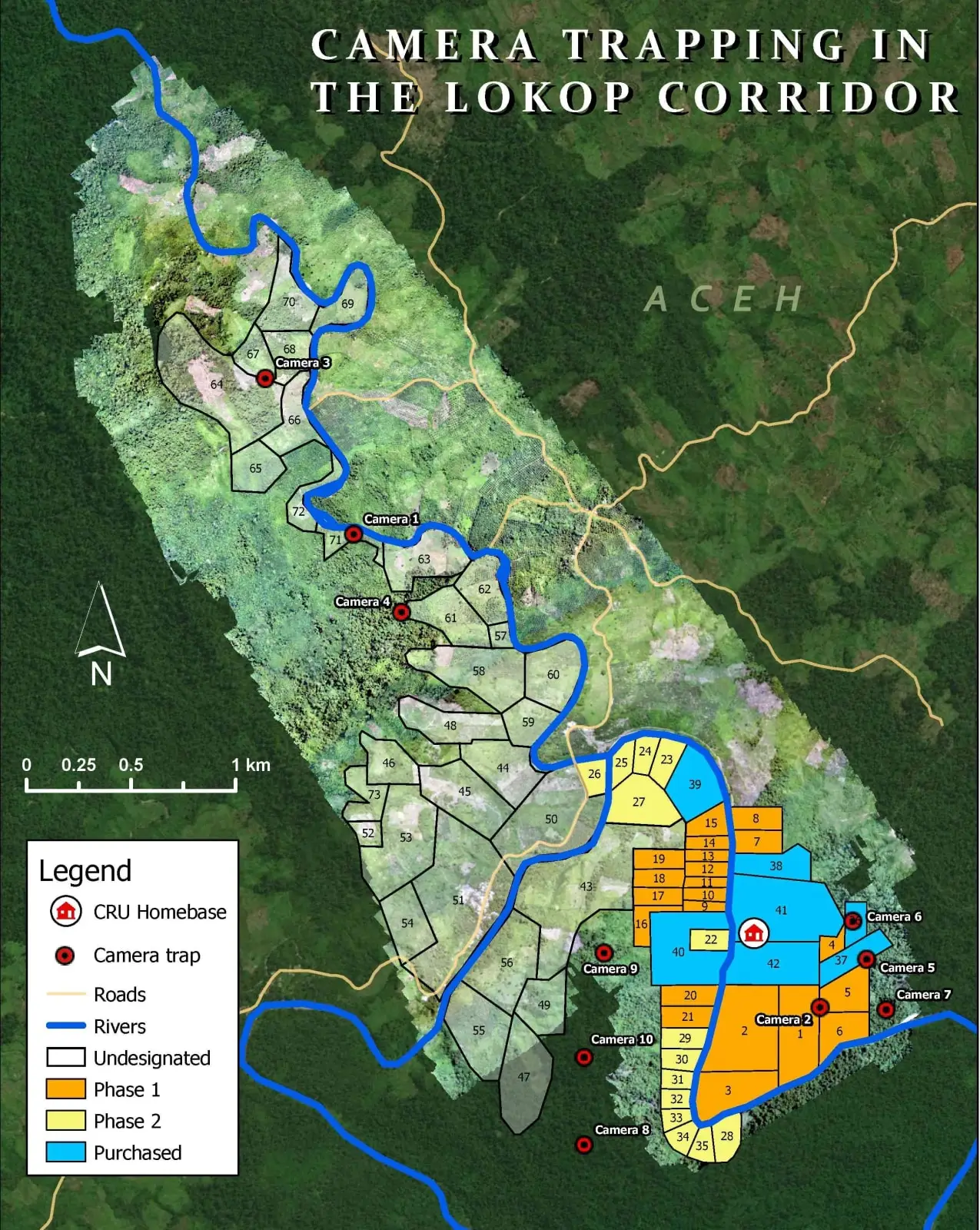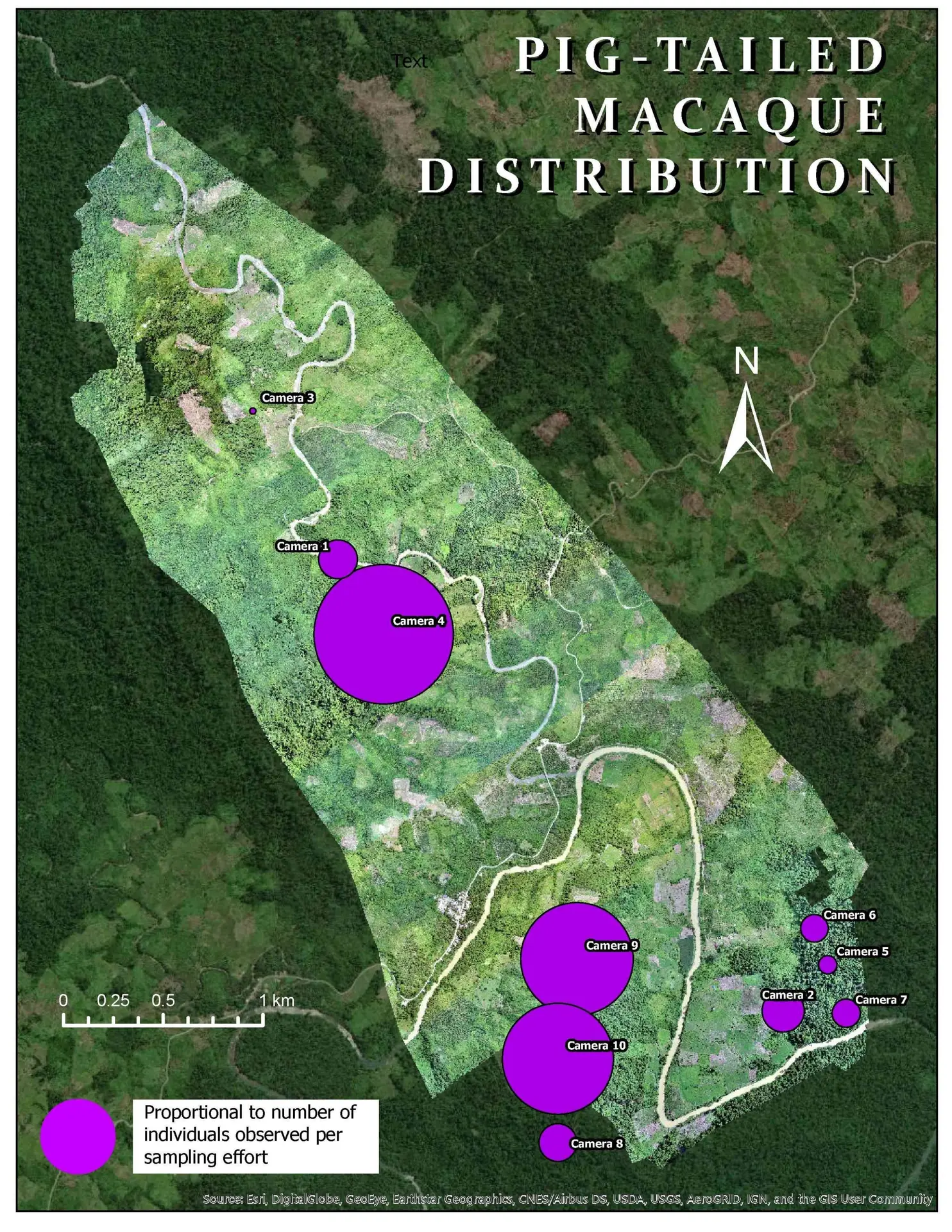Guiding Land Purchases
Implementation Maps
In building a wildlife corridor, there may be a lot of properties on our wish list. To guide our purchases, we produce detailed property maps. For example, this map from our project in Colombia depicts the individual land parcels that comprise the corridor. The different colors show different property boundaries.
This is not a current map, nor is it the high-quality map we now produce with drone flights. We are cautious about publishing exactly what we want to buy next. If we did disclose the target locations, the owners may inflate the prices.

